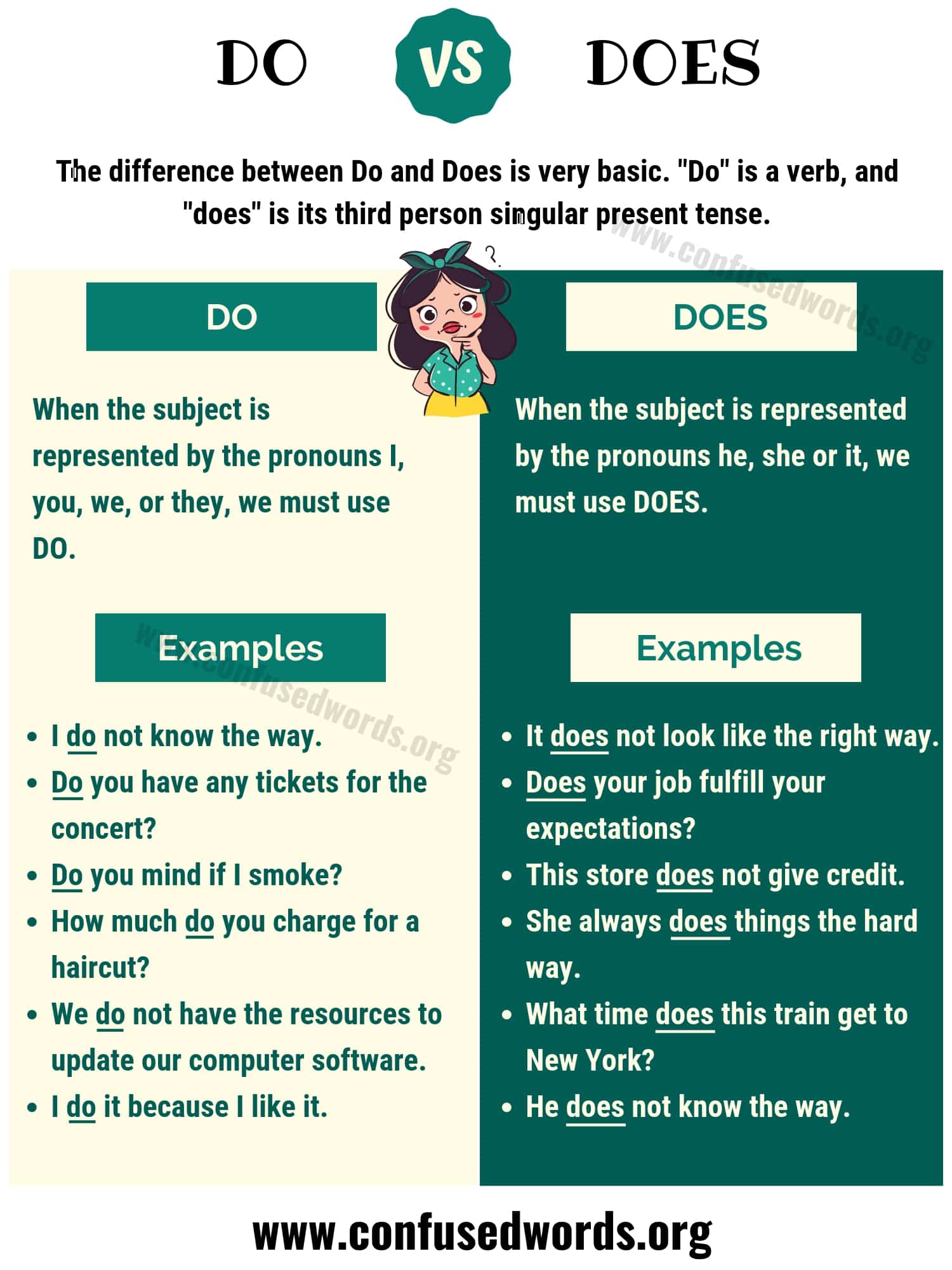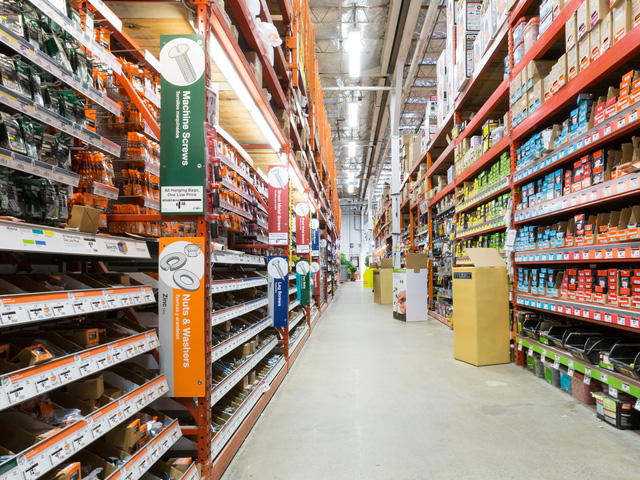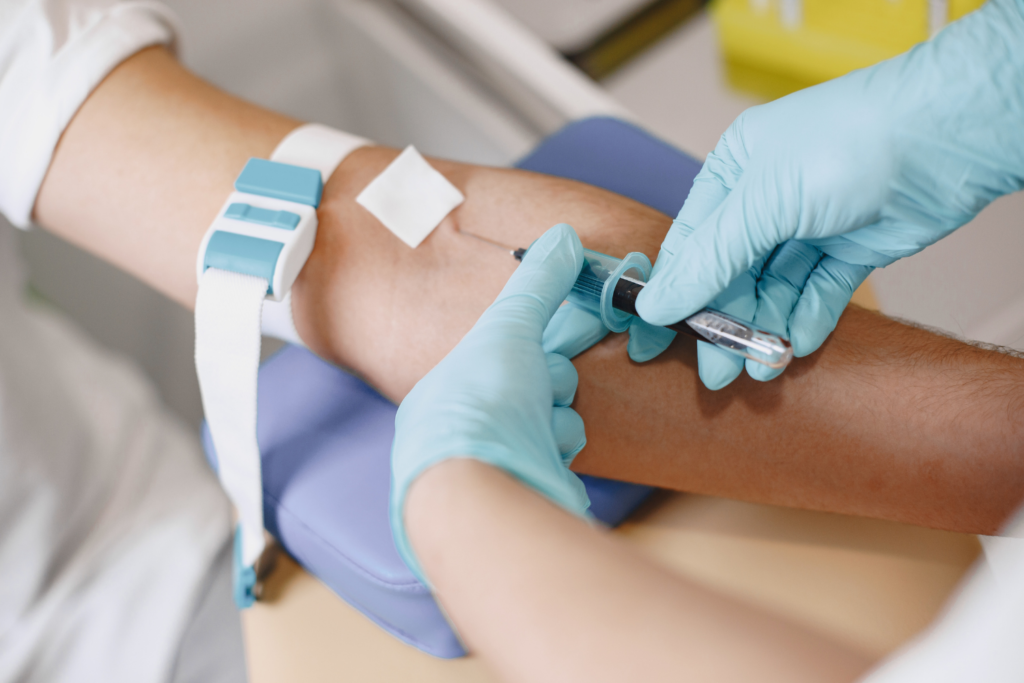A Comprehensive Guide to Safely Pulling an Adult Tooth at Home: Steps, Risks, and Alternatives
Introduction
Facing a loose or painful tooth as an adult can be distressing, especially if you cannot access immediate dental care. While professional dental extraction is always recommended for adults, some individuals may consider removing a tooth at home due to emergencies or lack of access. This comprehensive guide outlines actionable steps, necessary preparations, aftercare, and potential risks when attempting to pull a tooth at home. It also offers alternatives and guidance on when to seek expert help.
Should You Pull an Adult Tooth at Home?
Attempting to extract a tooth at home is seldom advisable for adults. Dental professionals have the expertise, sterile environment, and correct tools to manage extractions safely, minimize pain, and prevent complications such as infection or broken tooth fragments. Home extraction risks damaging surrounding tissues, causing excessive bleeding, and increasing the chance of infection, especially if the procedure is not performed in a sterile environment [4] .
However, during emergencies or when professional care is temporarily unavailable, you may need to proceed. It is crucial to understand all associated risks and follow the safest possible protocol.
Preparations Before Attempting Tooth Removal
Thorough preparation is vital to minimize complications and support a smoother extraction process. Here are the recommended steps:
1. Clean Your Mouth: Brush and floss thoroughly to remove debris. Rinse with antiseptic mouthwash or warm saltwater to reduce bacteria and lower infection risk [2] .
2. Sterilize Tools: If using tweezers or pliers, sterilize them by boiling in water or wiping with rubbing alcohol. This helps prevent introducing bacteria during the procedure [4] .
3. Numb the Area: Apply an over-the-counter oral numbing gel to the gum area where the tooth will be removed. This can reduce discomfort but will not eliminate pain entirely [2] .
4. Gather Supplies: Have sterile gauze pads ready to control bleeding, clean tissues for wiping saliva, a small container for the extracted tooth, and over-the-counter pain relief (such as acetaminophen or ibuprofen) for aftercare [1] .
Step-by-Step Guide to Pulling a Tooth at Home
Only proceed if the tooth is already very loose and causing significant pain or risk of infection. Never attempt to pull a healthy or firmly rooted tooth yourself.
- Rinse Your Mouth Thoroughly: Use antiseptic mouthwash or a warm saltwater rinse to clean the area and reduce the risk of infection. Repeat after extraction as well [2] .
- Loosen the Tooth: Gently wiggle the tooth back and forth with a clean finger, tissue, or sterilized tweezers. Apply gentle, gradual pressure and avoid sudden movements or forceful pulling, which may break the tooth or damage the gum [3] .
- Extract the Tooth: If the tooth is loose enough, grasp it with sterilized tweezers or small pliers. Carefully rock the tooth back and forth and pull gently in the direction of the tooth’s roots. If you feel resistance or severe pain, stop immediately and seek professional help [1] .
- Control Bleeding: After removal, bite down gently but firmly on a sterile gauze pad. Maintain pressure for 10-15 minutes to help stop bleeding and allow a clot to form. Replace the gauze as needed [2] .
- Clean the Socket: Rinse your mouth again with warm saltwater to help cleanse the socket and reduce infection risk [3] .
- Reduce Swelling and Pain: Apply a cold compress or ice pack to the outside of your cheek near the extraction area to minimize swelling and discomfort. Use over-the-counter pain medication as needed and as directed [1] .
Aftercare and Recovery
Proper aftercare is essential to avoid complications and support healing:
- Avoid rinsing vigorously for the first 24 hours to allow a blood clot to form.
- Do not use straws, smoke, or spit forcefully for at least 48 hours, as these actions can dislodge the clot and cause a painful condition called dry socket.
- Stick to soft foods and avoid chewing on the extraction side for several days.
- Continue gentle oral hygiene, brushing away from the extraction site and rinsing with saltwater after meals starting 24 hours after extraction [3] .
- If swelling, severe pain, fever, or prolonged bleeding occur, seek immediate dental or medical assistance.
Risks and Potential Complications
Home extraction carries significant risks, including:
- Infection in the gum or bone
- Excessive bleeding
- Damage to surrounding teeth or tissue
- Breaking the tooth, leaving fragments behind
- Dry socket and delayed healing
For these reasons, dental professionals strongly advise against home extraction except in true emergencies [4] .

Source: shroomery.org
Alternatives to Home Extraction
Whenever possible, contact a dentist or emergency dental clinic. Many dental offices offer urgent appointments or can provide telehealth consultations for guidance. If cost is a concern, search for local dental schools, community clinics, or nonprofit organizations that may offer reduced-fee or sliding-scale services. State and local health departments often have information about low-cost dental programs. To find resources:

Source: jkunst.com
- Contact your local health department and ask about dental emergency services.
- Search online for “low-cost dental clinic” or “dental school emergency clinic” in your area.
- You can also call the American Dental Association or visit their website for directories and resources.
If you are unable to locate a provider, consider visiting an urgent care center or emergency room if you experience severe pain, swelling, or infection.
When to Seek Professional Help Immediately
It is critical to seek immediate professional care if you experience:
- Uncontrolled bleeding
- Signs of infection: fever, pus, spreading swelling
- Severe pain not relieved by medication
- Broken tooth with sharp fragments remaining
- Difficulty breathing or swallowing
These symptoms can indicate serious complications that require urgent medical attention.
Summary and Key Takeaways
While it is possible to pull a very loose adult tooth at home in an emergency, this process carries significant risks. It is essential to follow thorough preparation, use sterilized tools, and practice careful aftercare. Most importantly, whenever possible, seek professional dental assistance for safe, effective treatment. Remember, prioritizing your health and safety is always the best approach.
References
- [1] Beecroft Smiles (2024). Emergency Tooth Extraction At Home: Safe Steps To Follow.
- [2] Smile Town Dental Clinic (2024). Essential Tips for Safe Tooth Extraction at Home.
- [3] Best Smiles Dentist (2024). Simple Methods to Extract a Loose Tooth Safely at Home.
- [4] Smile Avenue Family Dentistry (2025). How to Safely and Painlessly Pull Out a Tooth at Home.
MORE FROM 9scholarships.de













